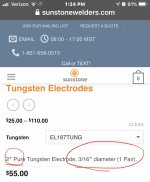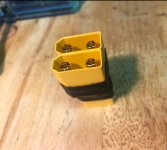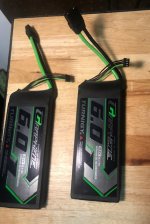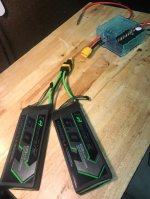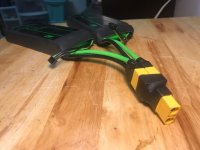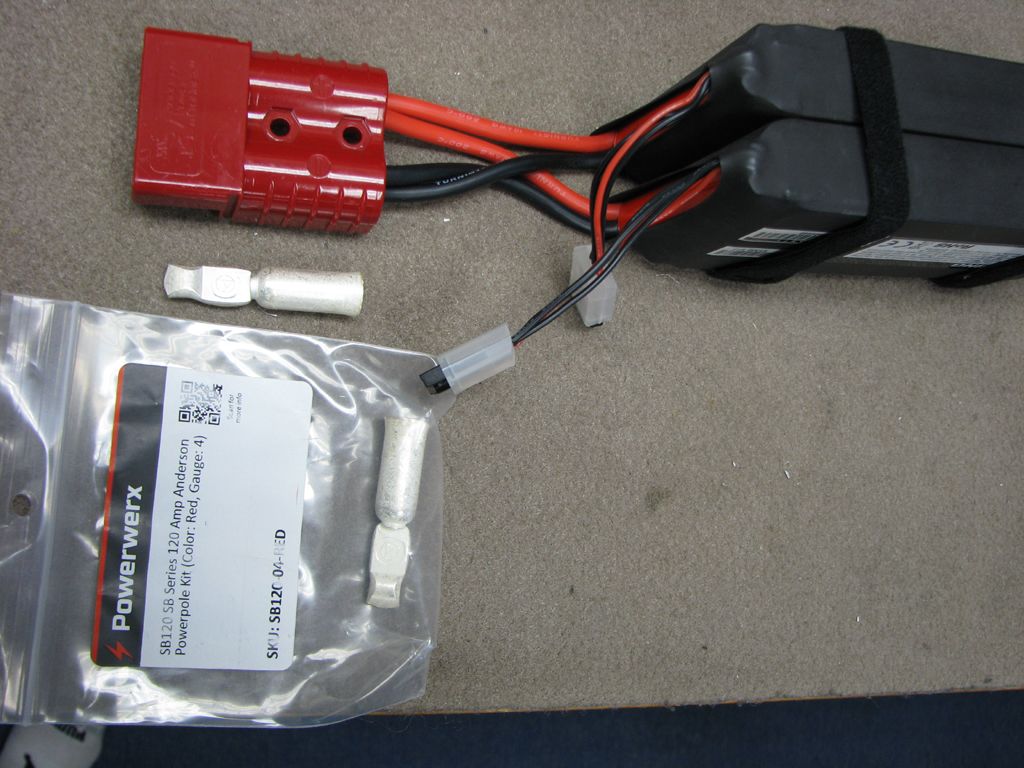I'm up and running with my kWeld using the recommended Turnigy Graphene 5.0Ah 75C https://hobbyking.com/en_us/graphene-5000mah-3s-75c.html . Results thus far have been absolutely amazing. Now I get it. Wow!! 
I've noticed that after a row of 12 welds @50J on .2mm x 8mm nickel strip using the super convenient automatic mode (another wow!) that the probes and leads get pretty warm and so does the battery. I don't have a good feel yet for how warm is too warm and thus time for a cool-down.
Similarly, I see there's an adjustable low voltage alarm for the input battery but I don't know what I should set it to to protect the battery for a long service life.
How do others monitor and care for their LiPo input batteries?
I've noticed that after a row of 12 welds @50J on .2mm x 8mm nickel strip using the super convenient automatic mode (another wow!) that the probes and leads get pretty warm and so does the battery. I don't have a good feel yet for how warm is too warm and thus time for a cool-down.
Similarly, I see there's an adjustable low voltage alarm for the input battery but I don't know what I should set it to to protect the battery for a long service life.
How do others monitor and care for their LiPo input batteries?


